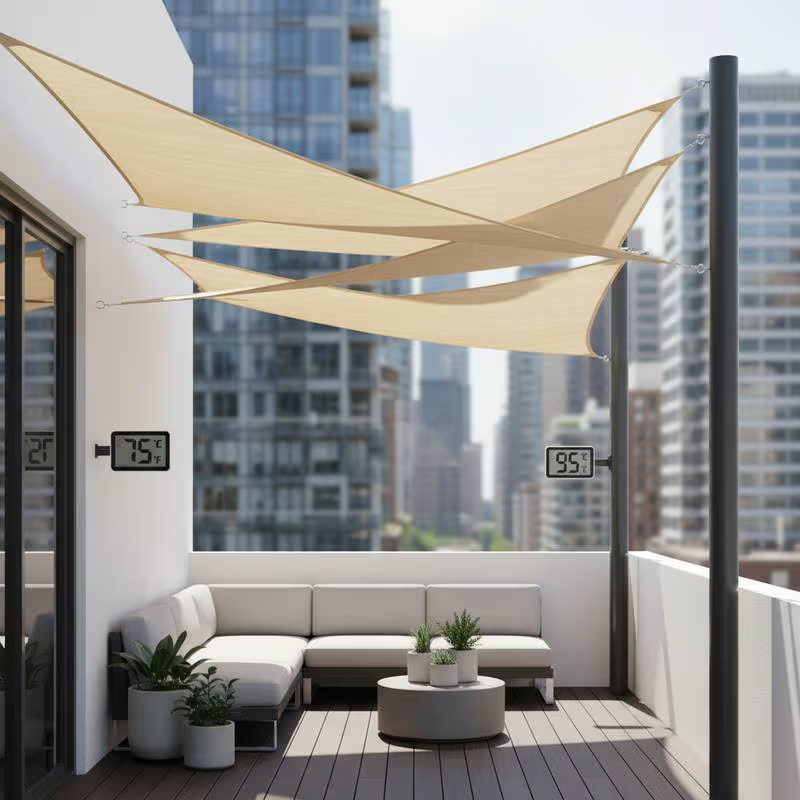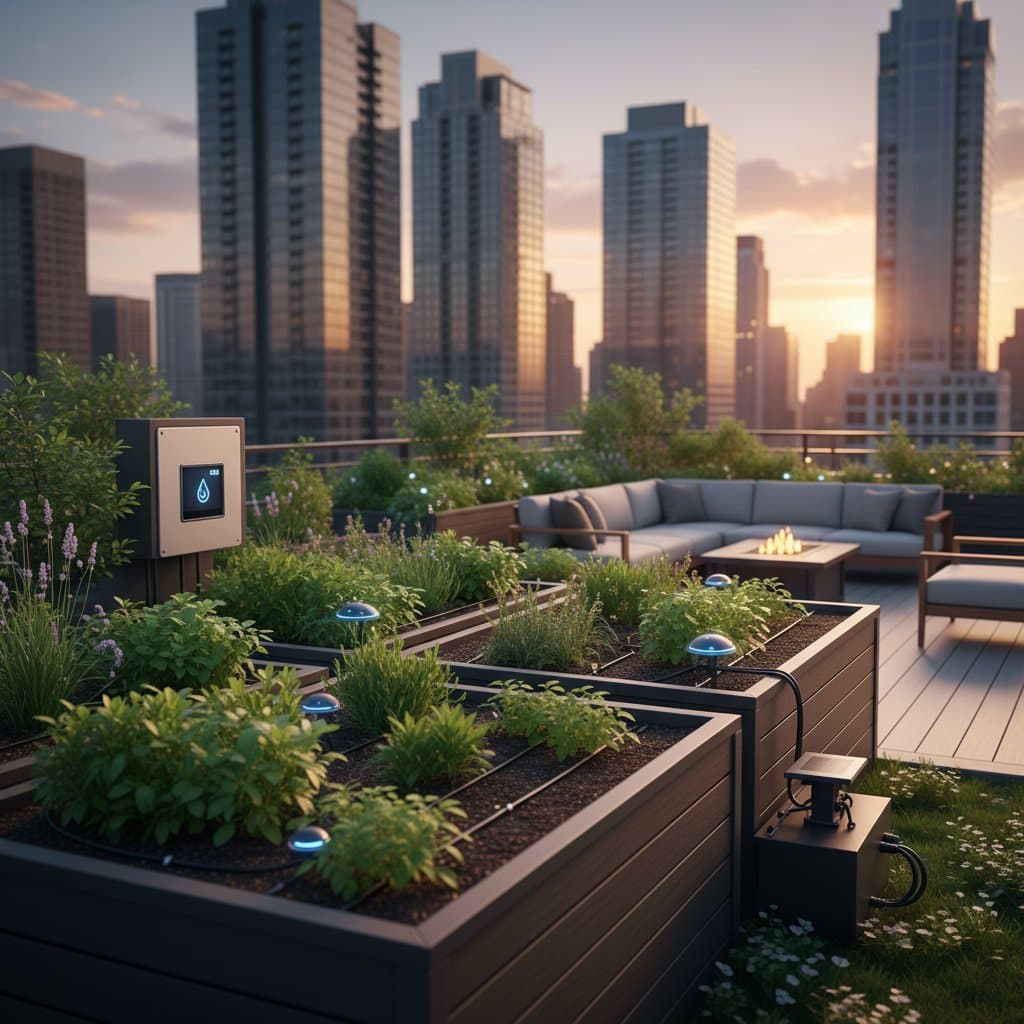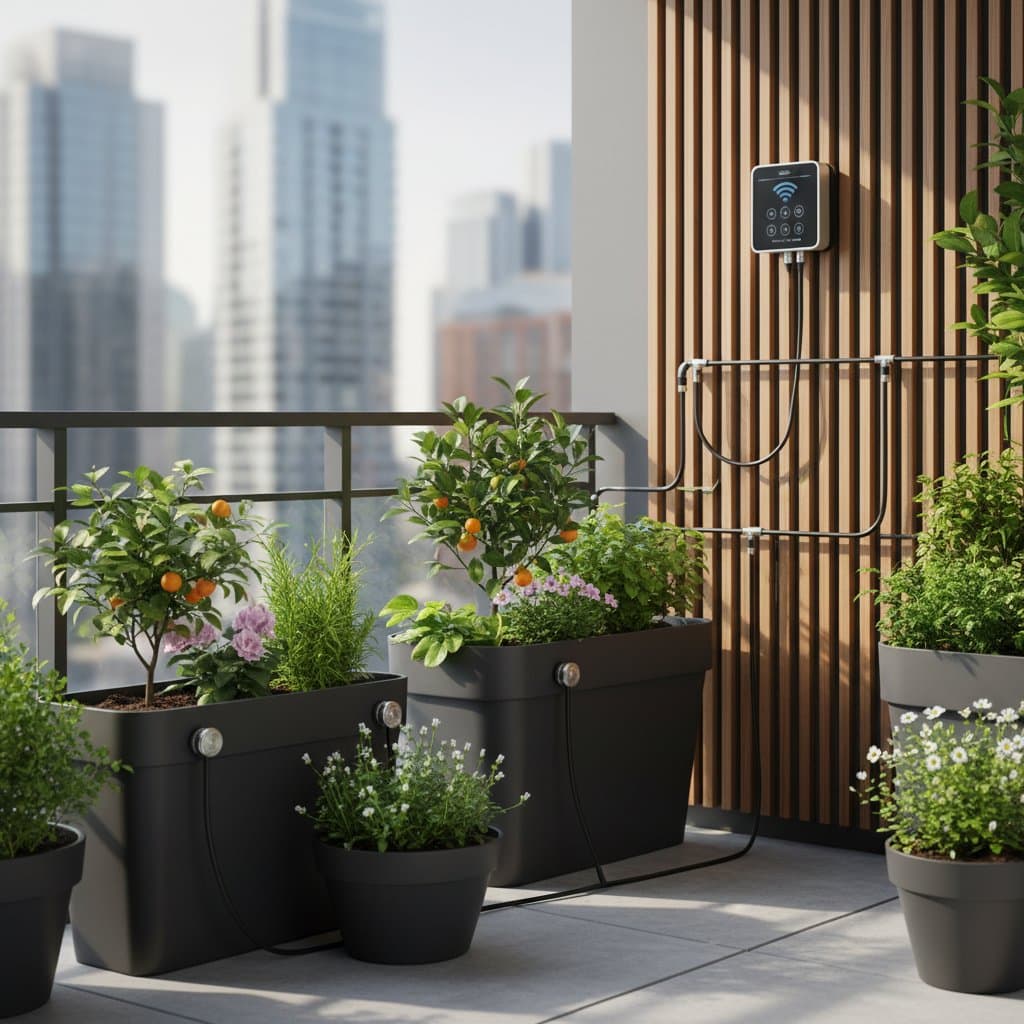Smart Screens Cut Balcony Noise Without Blocking Views
Turn a noisy urban balcony into a serene outdoor haven using smart acoustic screens. This comprehensive 2025 guide details how these panels absorb street sounds, integrate with smart homes, and preserve your views while providing step-by-step installation, budgeting, and upkeep instructions.



















